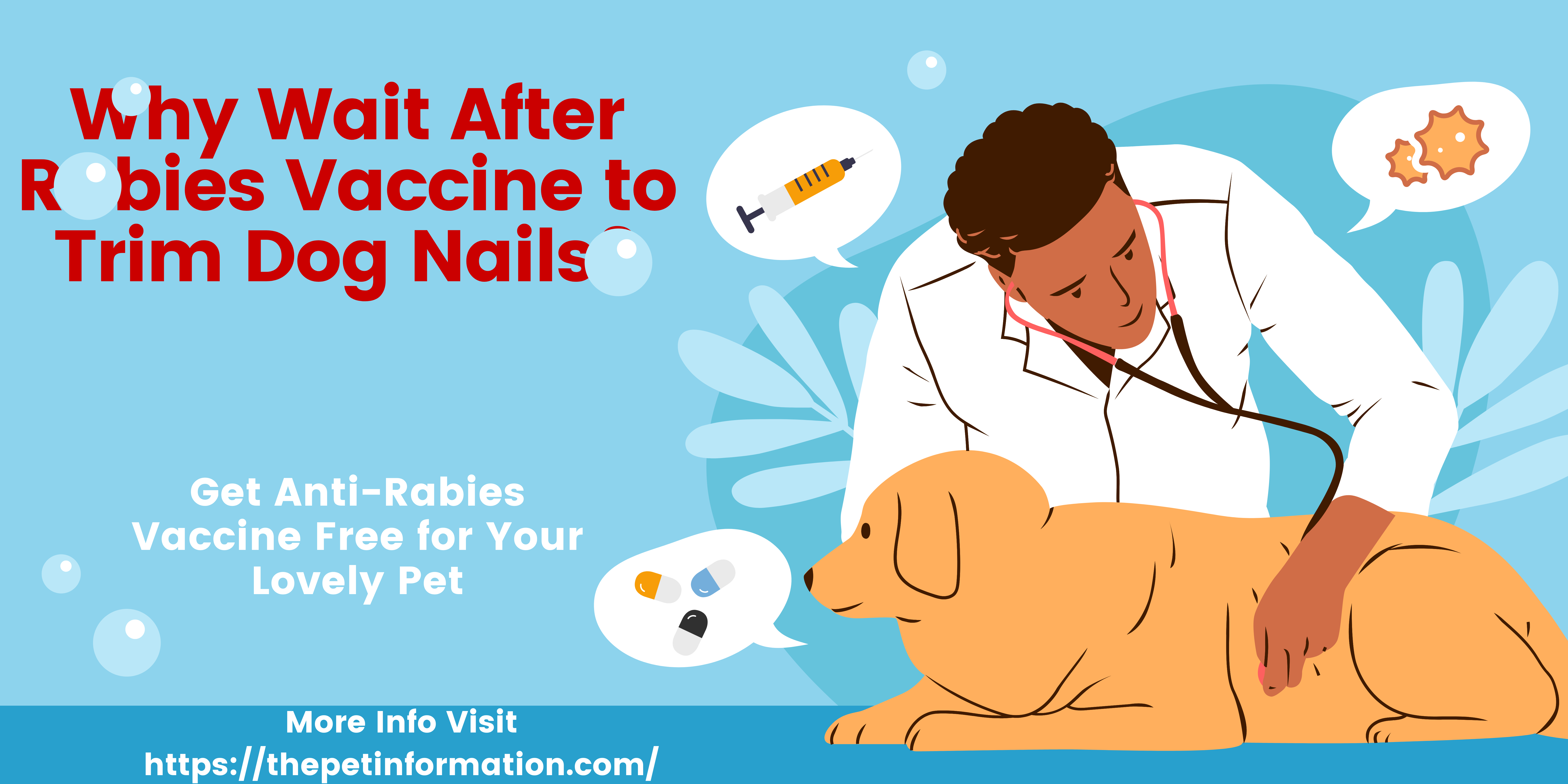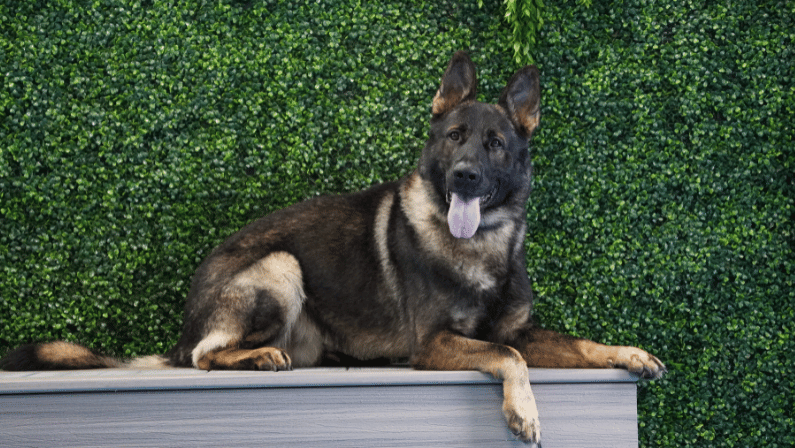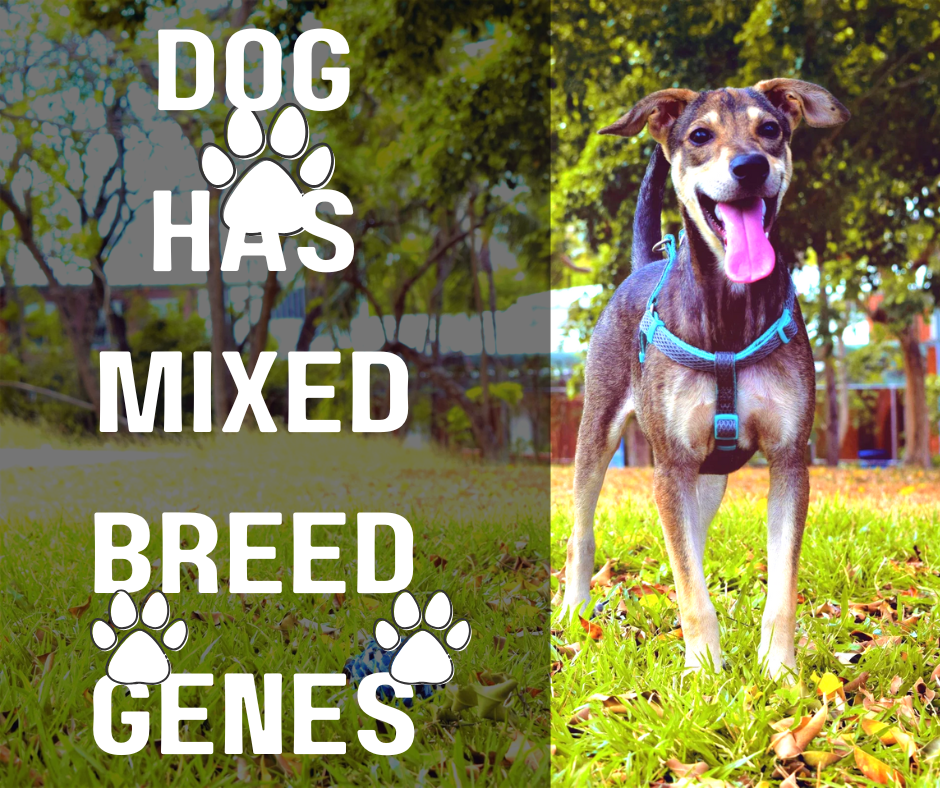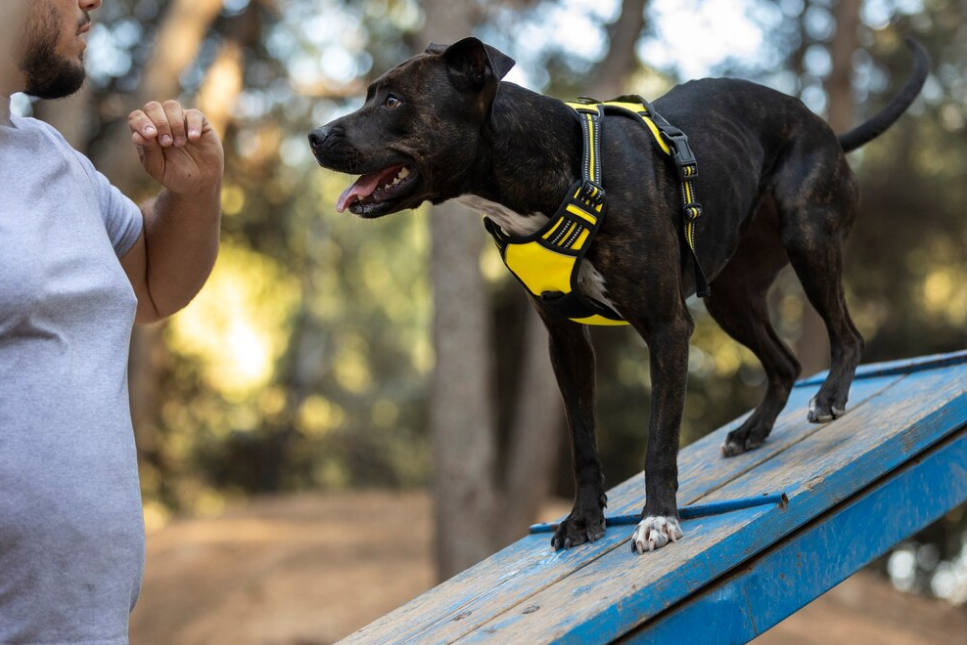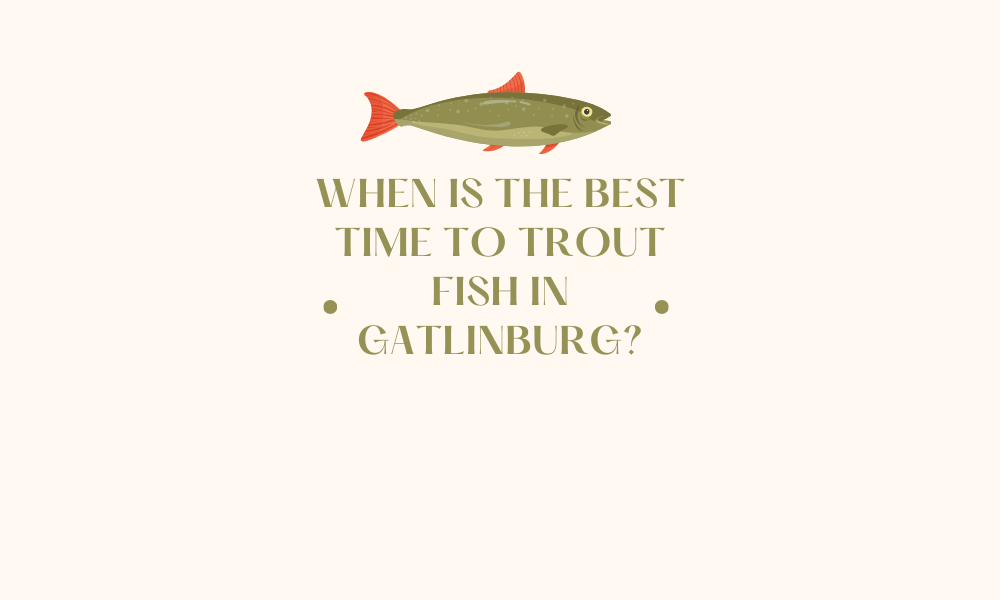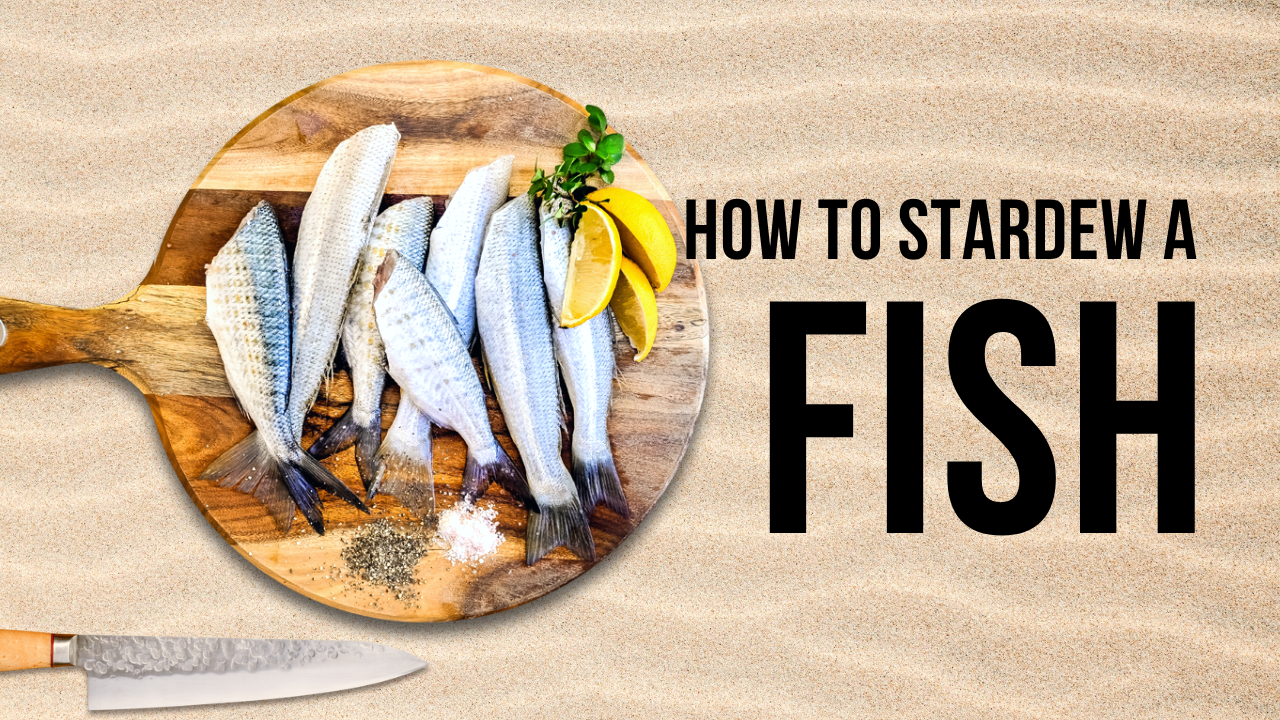When it comes to the health and well-being of our furry companions, pet owners often find themselves faced with a variety of questions and concerns. One question that frequently arises, particularly after a dog receives its rabies vaccination, is why should you wait before trimming your dog’s nails? It’s a seemingly simple task, yet it involves careful consideration. This article explores why waiting after a rabies vaccine is essential before you trim your dog’s nails, the potential risks involved, and why timing matters.
What Happens During a Rabies Vaccine?
Before delving into why you should wait after a rabies vaccine to trim dog nails, it’s important to understand what happens when your dog gets vaccinated. Rabies is a deadly virus that affects the central nervous system, and vaccination is critical in preventing it. The rabies vaccine typically contains inactivated rabies virus particles, which trigger the dog’s immune system to produce antibodies.
After your dog receives the vaccine, there are a few things you need to keep in mind:
- Immediate Immune Response: The immune system starts responding by producing antibodies, and your dog may experience mild side effects like lethargy or soreness at the injection site.
- Mild Discomfort: Some dogs can feel slightly discomforted or tired after the shot, while others may develop swelling or redness at the injection site.
Now that we understand the basic concept of the rabies vaccine, let’s look at why it’s crucial to wait before trimming your dog’s nails after the vaccine.
Why Wait After Rabies Vaccine to Trim Dog Nails?
After a rabies vaccine, there are a few reasons why pet owners are advised to hold off on grooming, particularly nail trimming, for a short period of time. Here’s why waiting is important:
1. Soreness and Discomfort Post-Vaccine
One of the most common side effects of rabies vaccination is mild soreness or discomfort at the injection site. Dogs, like humans, may feel tender in the area where the vaccine was administered, which is usually around the neck or shoulder. If you attempt to trim your dog’s nails right after a vaccination, you risk causing additional discomfort.
Trimming nails can require holding your dog’s paws in a certain way, and if your dog is already feeling sore from the shot, this may lead to an increased level of distress. The discomfort can make the nail trimming process more stressful for your pet, resulting in a negative experience for both you and your dog.
2. Increased Stress Levels
The rabies vaccine, although generally safe, can cause your dog to feel a little unwell or stressed out. Some dogs may experience an upset stomach, mild fever, or fatigue, while others may show signs of irritability. Nail trimming, which requires your dog to remain still and cooperate, may be difficult when they are feeling under the weather.
Stress can also impact your dog’s behavior. If your dog is stressed from the vaccine or its side effects, it may become more reluctant to have its nails trimmed. This can lead to an increase in anxiety and potential behavioral issues over time, making grooming a more challenging task in the future.
3. Compromised Immune System
Though rare, there’s a possibility that your dog’s immune system might be temporarily weakened after receiving the rabies vaccine. After the vaccine, your dog’s body works hard to build up immunity, which can sometimes make it more susceptible to infection or irritation.
When trimming nails, there is a slight risk of cutting the quick (the sensitive part of the nail), which can lead to bleeding. If your dog’s immune system is temporarily compromised due to the vaccine, healing may take longer, or the wound could become infected. While this risk is minimal, it’s best to avoid such complications by waiting until your dog has fully recovered from the vaccine before you trim its nails.
4. Reaction to Physical Manipulation
After a rabies vaccine, your dog might be more sensitive to physical touch, especially in the areas around the vaccine site. If you attempt to trim the nails too soon, your dog may become more agitated, making the grooming session more difficult. In addition to that, dogs might have tenderness in their limbs as they adjust to any soreness or inflammation.
In this case, a sensitive dog may try to pull away when you touch its paws, increasing the chance of injury. By waiting a bit, you ensure that your dog’s overall mood improves and that it feels better before you proceed with the grooming process.
How Long Should You Wait?
The ideal waiting period after a rabies vaccination can vary depending on the individual dog. Most veterinarians recommend waiting at least 24 to 48 hours after the vaccination before trimming your dog’s nails. This allows your dog’s body to fully adjust to the vaccine and recover from any mild side effects.
If your dog shows no signs of adverse reactions after this waiting period, you can proceed with nail trimming as usual. However, if your dog is still lethargic or showing signs of discomfort, it might be a good idea to wait a little longer.
If you’re unsure of when it’s the right time to trim your dog’s nails after vaccination, always consult your veterinarian. They can provide guidance based on your dog’s specific health status and vaccine response.
Other Factors to Consider When Trimming Dog Nails
In addition to waiting after a rabies vaccine, there are other important considerations when trimming your dog’s nails to ensure the process is safe and comfortable:
- Frequency of Nail Trimming: Regular nail trimming is crucial for your dog’s health. Overgrown nails can cause pain and discomfort, and in severe cases, they can lead to injuries or infections. Keeping a regular grooming schedule helps prevent these issues.
- Proper Tools: Ensure you have the right tools for nail trimming, such as a sharp, high-quality nail clipper designed for dogs. This minimizes the risk of injury and ensures a clean cut.
- Nail Clipping Technique: Trim the nails carefully, avoiding the quick (the pink part of the nail that contains blood vessels). If you’re unsure about how to do it, it might be a good idea to ask a professional groomer or veterinarian for guidance.
- Positive Reinforcement: Make nail trimming a positive experience for your dog by using treats and praise. Start slow, and gradually build your dog’s tolerance over time.
Conclusion
In conclusion, while it may seem like a small concern, understanding why wait after rabies vaccine to trim dog nails is an essential part of ensuring your dog’s comfort and health. After receiving the rabies vaccine, your dog may experience some discomfort, stress, or mild side effects that make the nail trimming process more challenging. By waiting 24 to 48 hours after the vaccination, you allow your dog the time it needs to recover, minimizing the risk of stress, discomfort, and injury.
Remember, every dog is unique, and some may recover faster than others. By staying in tune with your dog’s behavior and consulting your veterinarian if necessary, you can ensure that grooming sessions are a positive experience for both you and your pet. Whether it’s after a rabies vaccination or just a routine nail trim, patience and care are key to maintaining your dog’s well-being and happiness.

